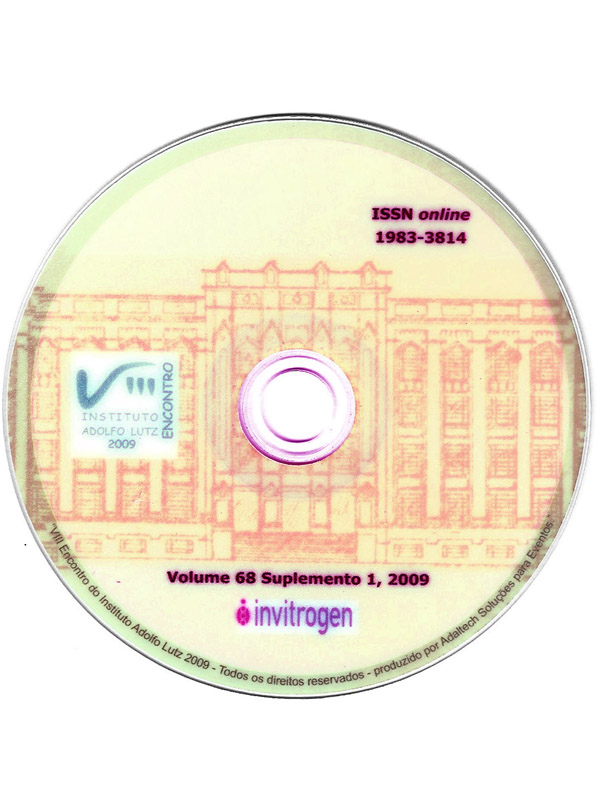Abstract
Paracoccidioidomycosis (PCM) is a systemic mycosis that can affect central nervous system (CNS). The diagnosis of CNS involvement is generally made by clinical, radiological and serological evidence. It is reported an unprecedented case of meningoencephalitis PCM, without CNS radiological alterations, diagnosed by molecular and immunological methods. A 51-year-old man, presented PCM in the oral mucosa, (biopsy +, double immunodiffusion test (DID) = 1/32, paracoccidioidin = 20x18 mm) and oral candidiasis. After one week of cotrimoxazole, he started presenting dizziness, epigastralgia, anorexia and adynamia, followed by fever and behavioral alteration 14 days later. The patient used depot corticosteroids for 11 months, due to contact dermatitis. He was feverish, with meningeal signs and Glasgow = 8. There was oral candidiasis, without active PCM lesions. CSF showed 13 cells, predominantly lymphomononuclear, hyperproteinorrhachia and hypoglycorrhachia. Cytology for microorganisms and neoplasias showed negative results and there was no fungal, bacterial or mycobacterial growth. EEG demonstrated diffuse slowness. Aciclovir was initiated and cotrimoxazole was stopped due to suspected medication-associated meningoencephalitis and hepatotoxicity. Clinical signs and symptoms were completely resolved two days later. Serology for EBV, Chagas’ disease, HIV, hepatitis B/C, syphilis and tuberculin test were negative. Brain MRI was normal and DID title in serum sample was ½. Toxoplasmosis ELISA IgG/IgM and IIF were positive with high avidity. Nested-PCR reaction was performed using primers derived from the rDNA region of P.brasiliensis, being positive in CSF and biopsy. P.brasiliensis DID in CSF was negative and immunoblotting analysis showed late reactivity against proteins of 70 and 43 kDa. The levels of TNF-alpha, INF-gamma and IL-10 in the serum and CSF were high. This presentation may suggest “hypersensitivity meningoencephalitis” related to the antigens released after the initiation of cotrimoxazole and discontinuation of corticosteroids. It demonstrates the importance of using new diagnostic methods for CNS PCM, particularly immunoblotting and Nested-PCR.

This work is licensed under a Creative Commons Attribution 4.0 International License.
Copyright (c) 2009 Instituto Adolfo Lutz Journal
